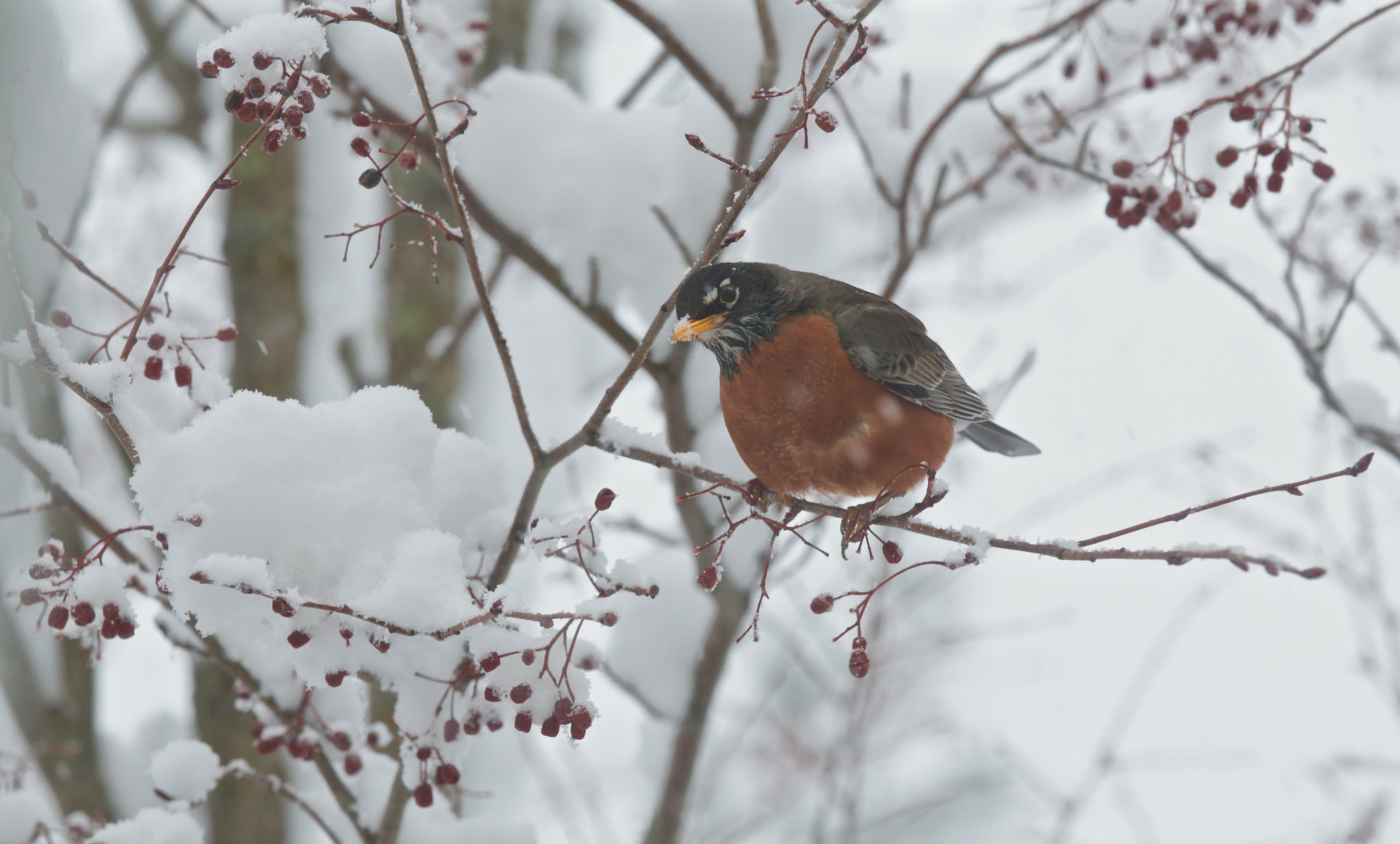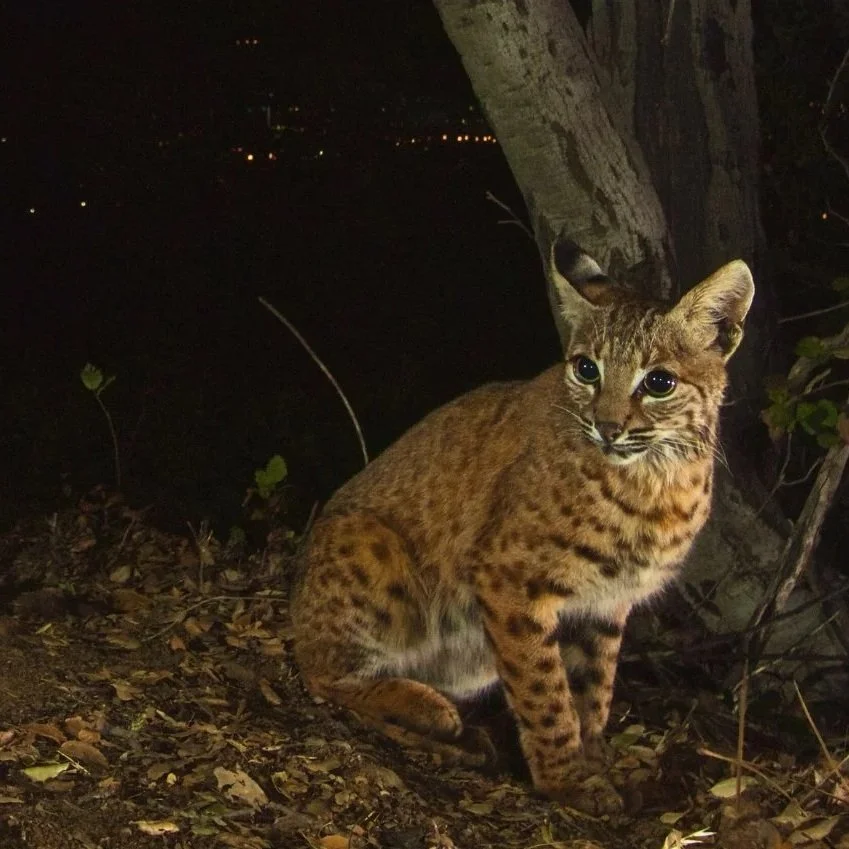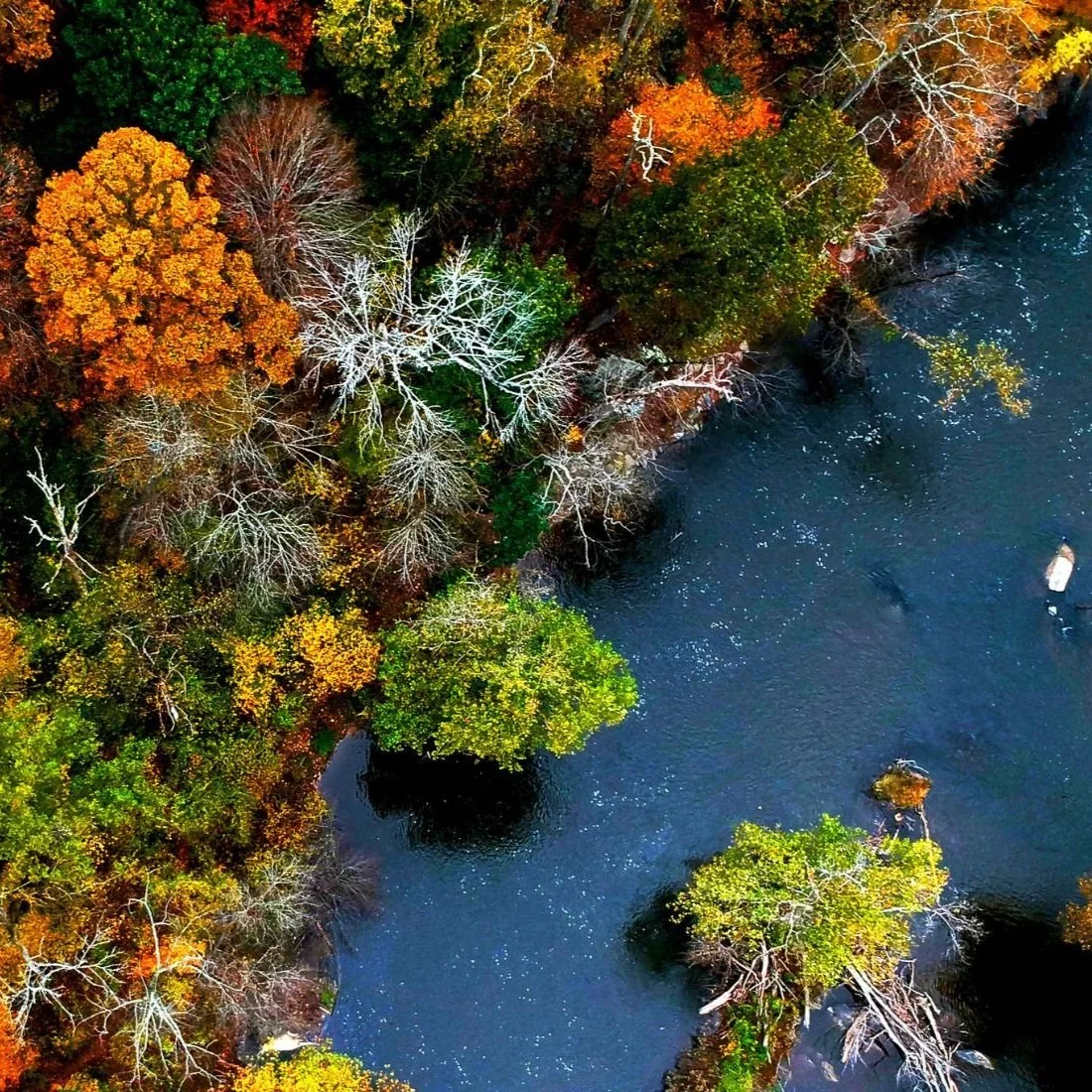Surprising ways 5 local critters survive the cold
/Winter is here . . . Here’s how local critters survive it
Photo courtesy of smilla4 via flickr
Love it or hate it, winter is here.
When snow, ice, and freezing temps strike, we know how to respond: hats, gloves, and hot cocoa. We crank up the heat, pile on the blankets, and avoid the outdoors if we can.
But have you ever wondered how our local critters get through the winter? Whether it’s packing on the pounds, getting out of Dodge, or cozying up with some friends, Mother Nature has ingenious responses to the cold. Find out how five common critters spend the winter.
Squirrels
photo courtesy of kristen hess via flickr
Squirrels take #bulkingseason seriously. Their strategy for coping with the cold isn’t too different than our own. They pile on the layers, but instead of fleece, they layer up with extra fat.
You’ve probably noticed squirrels making shallow holes and burying nuts. This is called caching. It’s like meal prep for the winter. Though squirrels don’t hibernate, they do spend more time in their dens during the winter months and less time foraging thanks to the food they stored in the fall.
Some of the nuts they bury but don’t eat will sprout in the spring, making more trees and nuts for the future - good news for our river!
Striped Bass
photo courtesy of us fish & wildlife service
Unlike squirrels, which hunker down and ride out the winter in their dens, striped bass take a pass on the freezing waters of the Potomac and swim south instead.
Also known locally as stripers and rockfish, striped bass in the Potomac migrate to warmer tidal waters off the Virginia and Carolina coasts during the fall. The striped bass bulk up too, enjoying ample food along their journey in the form of migrating baitfish, like silverside. When the weather warms back up in the spring, the fish return to the Potomac and Chesapeake Bay to spawn.
Snakes
photo courtesy of szoki adams via flickr
Fair warning: if you suffer from ophidiophobia, you may want to skip this section, because this gets creepy.
As cold-blooded critters, snakes have no choice but to hibernate when the temperature starts to drop. Being cold-blooded, snakes’ body temperatures do not remain constant, but instead fluctuate with their surroundings. When winter sets in, their bodies largely shut down. Even if there was food for them to eat, they wouldn’t be able to digest it.
Here’s where it gets creepy. To stay alive, snakes have to find a place to hibernate below the frost line, deep down in the earth below where the ground freezes. Because places like this are few and far between, it often means prime spots will be occupied by more than one snake; sometimes you can stumble upon a den with thousands of snakes. One such den in Canada is known to house over 8,000 snakes in the winter!
Bullfrogs
photo courtesy of dogs & music via flickr
Bullfrogs don’t just depend on clean water during the warm, summer months. They also need pollution-free ponds all winter long. Like snakes, bullfrogs are cold-blooded, so cold weather affects their activity level and bodily functions. To hibernate, bullfrogs sink to the bottom of ponds, coming up for air only occasionally.
But what happens when the pond freezes solid? Bullfrogs are prepared for that too. In preparation for winter, bullfrogs’ bodies store extra sugar in vital organs, which lowers their freezing point and protects them in the event that they freeze. Pretty cool, huh?
Birds
Photo courtesy of smilla4 via flickr
Though it’s true many birds do fly south for the winter, there are some local birds that stay put and brave the elements, including northern cardinals, chickadees, and sparrows.
Birds have a number of ways to combat the cold, from packing on the pounds (or ounces, actually) to growing warmer feathers to taking shelter in carefully chosen hideouts. They can also slow circulation to their extremities and retain warmth in their core; this is why birds can stand on ice and freezing surfaces without an issue.
But there’s one technique birds use to stay warm that may surprise you: shivering. The way birds shiver doesn’t resemble the jerky, chaotic movements we do when we’re out in the cold. When birds shiver, they activate opposing muscle groups, a much more effective method of retaining heat than our human shivers.



















